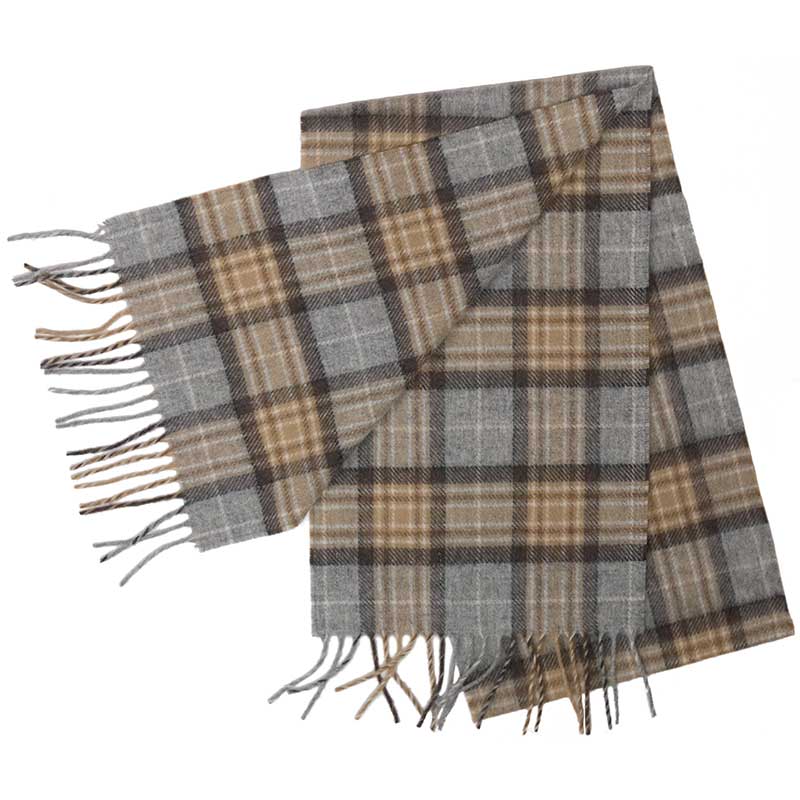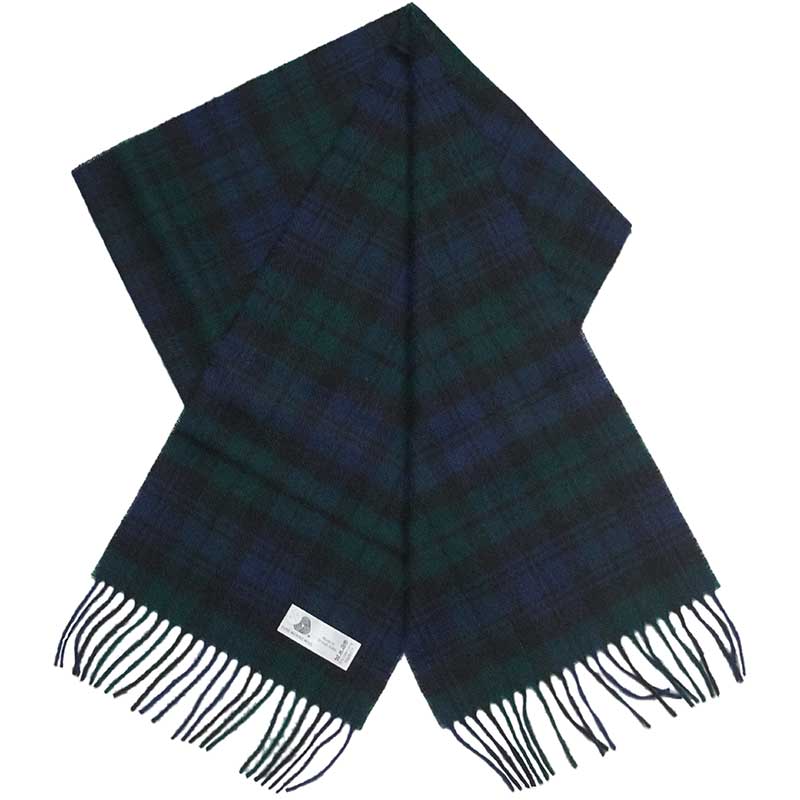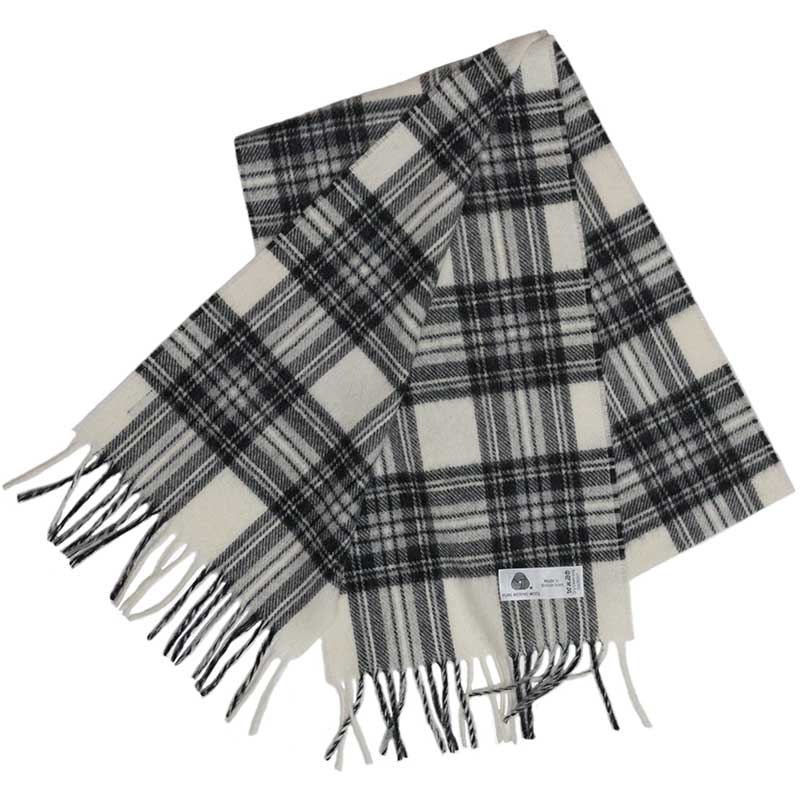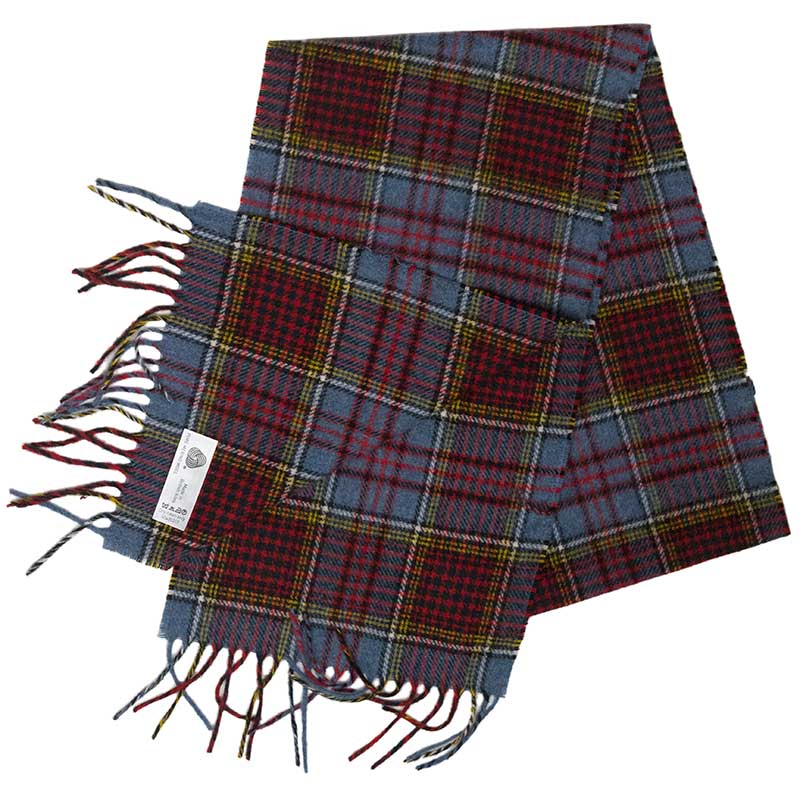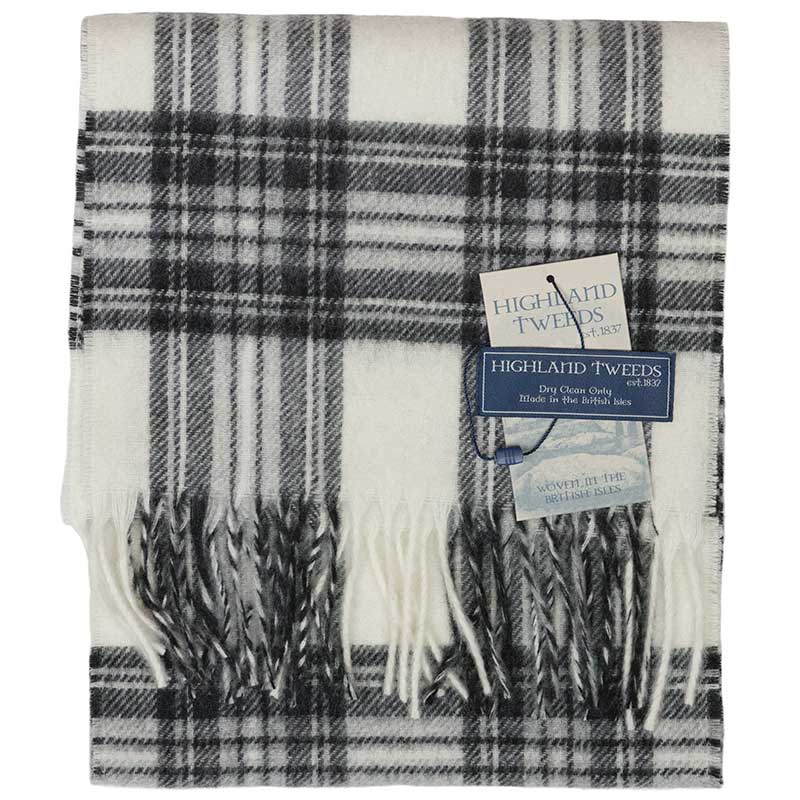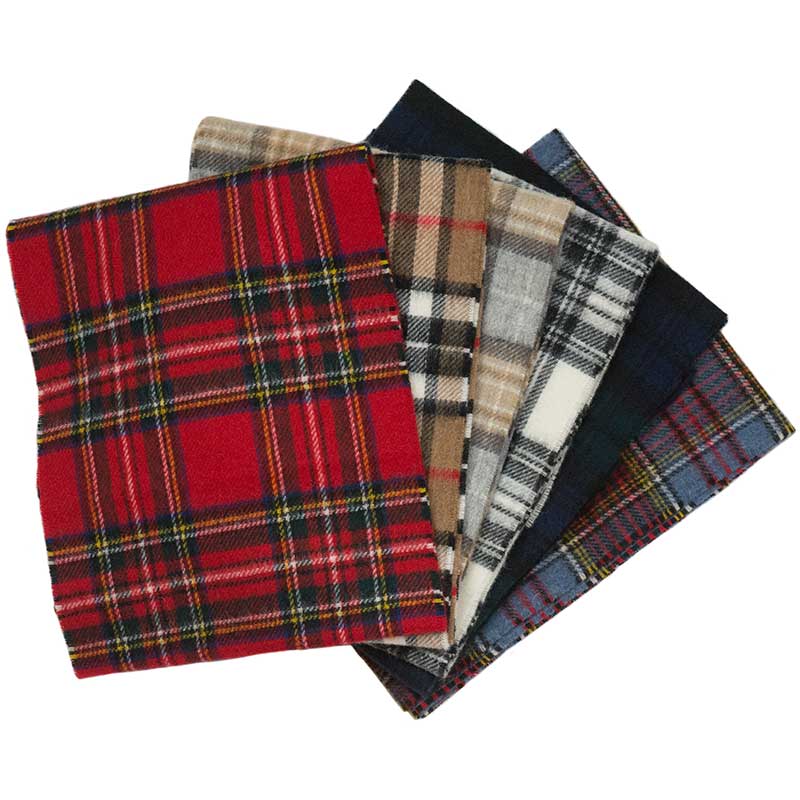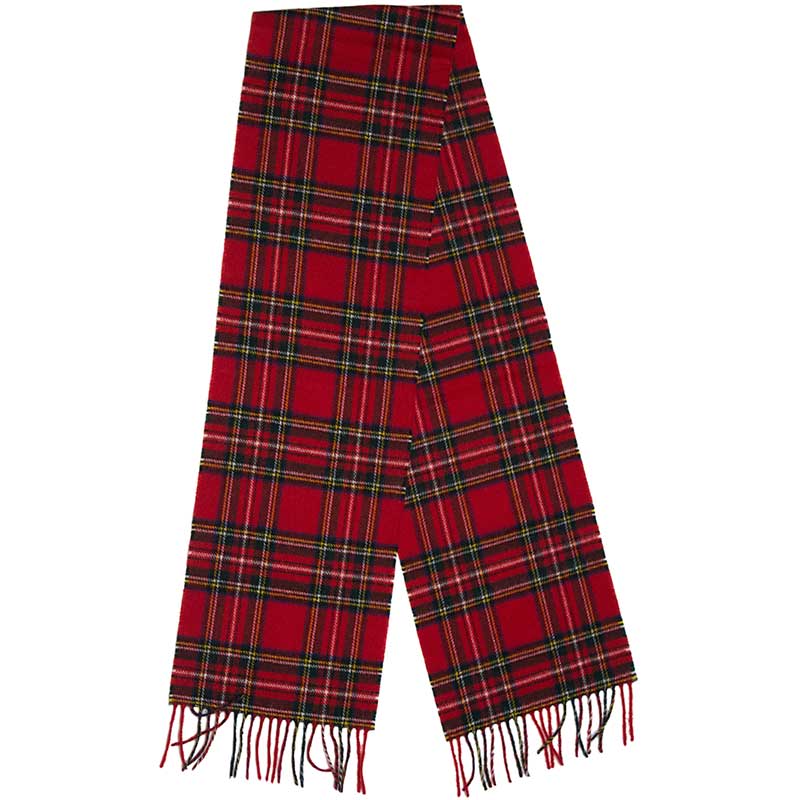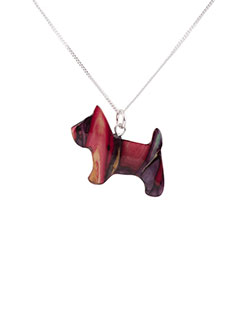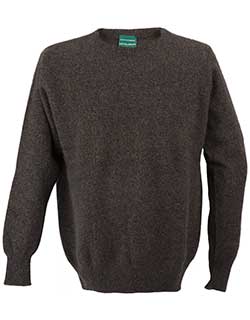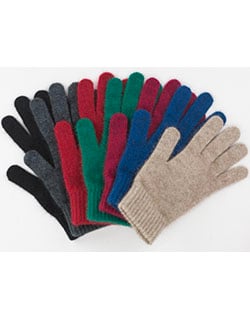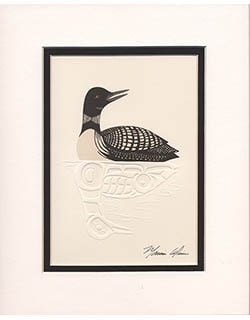Lambswool Scarf
This soft, lambswool scarf is woven in a number of traditional Scottish tartans. The scarf is 10 inches wide by 70 inches in length with a three inch fringe at each end. Made of 100% Merino lambswool. Dry Clean only. Made in Yorkshire, UK.
This soft, lambswool scarf is woven in a number of traditional Scottish tartans. The scarf is 10 inches wide by 70 inches in length with a three inch fringe at each end. Made of 100% Merino lambswool. Dry Clean only. Made in Yorkshire, UK.
-
View Colors
-
 Black Watch
Black Watch -
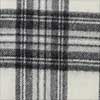 Dress Gray Stewart
Dress Gray Stewart -
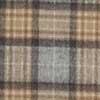 McKellar
McKellar -
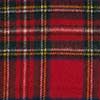 Royal Stewart
Royal Stewart
-
-
Highland Tweeds Mill
The Highland Tweeds Mill was established in Yorkshire in 1837 and it was one of numerous Yorkshire mills to benefit from the early mechanisation of woollen production. At its height in the 19th Century Yorkshire was the world's leading manufacturer of woollen textiles, helped by the secret ingredient of soft Pennine water. The invention of synthetic yarn in the 20th Century led to a decline in the woollen industry and only the mills supplying the highest quality woollen cloth have survived.
The Highland Tweeds Mill is one of Great Britain's last remaining vertical woollen mills. Each floor contains a separate part of the manufacturing process, allowing quality control of every stage of production, from raw wool to finished product. This includes dyeing, blending, carding, spinning, warping, weaving and finishing.
-
Tartans
The tartan may originate as early as the 6th century BC, and the Romans spoke of "bright striped clothing." For many centuries the patterns, created by varying the warp and weft of the loom, were associated with specific weavers rather than specific clans. Colors were determined by the natural dyes available to each weaver.
Over time, patterns became more standardized and some were identified with clans in the Highlands and Scottish islands. In 1725 the government introduced the Black Watch tartan to avoid association with any clan, leading to the Black Watch regiment in 1739. The Dress Act of 1746 banned the wearing of tartans by anyone other than the Highland Regiments of the British Army. The act was repealed in 1782, but by that time many tartan patterns had been lost.
In the early nineteenth century King George IV visited Edinburgh where festivities were organized by Sir Walter Scott. Scots were encouraged to attend the festivities wearing their clan's tartan. Thus began the modern era of tartans in Scotland. Tartans spread beyond the highlands, many clans creating their tartan where ancestral tartans had been lost or did not exist. Modern dyes greatly expanded the possible colors. Registries were formed to formalize the tartans, a newer custom that continues to this day.
Although many tartans are associated with a clan, there are few restrictions associated with wearing a specific tartan. Choose a tartan from a clan with whom you identify, or choose a tartan for the colors and pattern. The choice is yours.
